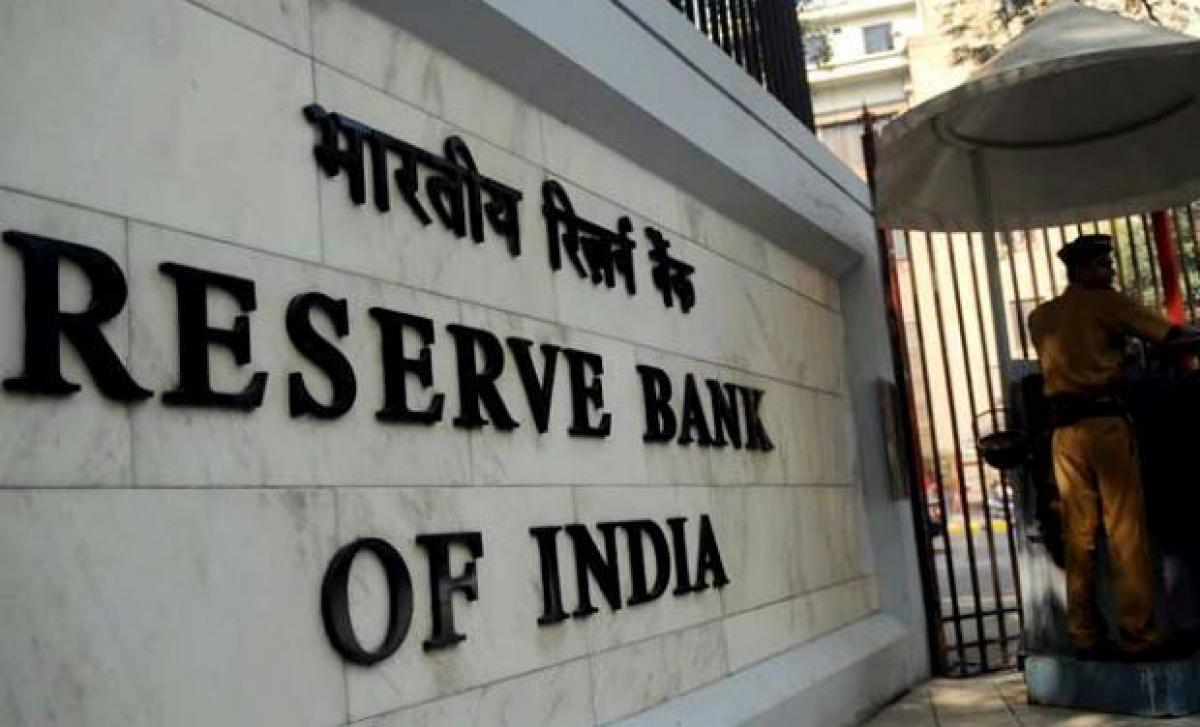Live
- ‘Gully Gang Stars’ review: A gripping tale of resilience and justice
- Train crew suspended for violating speed limit
- Scrap NITI Aayog, bring back Planning Commission: Mamata
- Know your MLA: Satya Prabha continues husband’s legacy with resounding victory
- Dharani Revamp on Cards: CM calls for in-depth study to resolve Dharani lapses
- Huge scam in government ads
- NITI Aayog to focus on ‘Viksit Bharat @2047’
- PM playing petty politics: Oppn
- Jagan government destroyed AP economy says Chandrababu Naidu
- On Kargil Vijay Diwas, Modi hails Agnipath, targets Opposition
Just In

RBI Deputy Governor Urjit Patel said the central bank expects Current Account Deficit (CAD) around 1.5 per cent of GDP in the current fiscal. \"This year, our current account deficit would be in the region of 1.5 per cent of GDP,\" he said at an event organised by Ficci here. For the first quarter ended June, CAD narrowed to 1.2 per cent of GDP at USD 6.2 billion following contraction in trade deficit and higher earnings from services exports.
RBI Deputy Governor Urjit Patel said the central bank expects Current Account Deficit (CAD) around 1.5 per cent of GDP in the current fiscal. "This year, our current account deficit would be in the region of 1.5 per cent of GDP," he said at an event organised by Ficci here. For the first quarter ended June, CAD narrowed to 1.2 per cent of GDP at USD 6.2 billion following contraction in trade deficit and higher earnings from services exports.

He noted that higher cost of restructuring pushes the cost of capital and RBI is trying to address this issue. "The higher the cost of restructuring, the higher the cost of debt workout, the more it builds in the cost of capital From the side of the lender, and this is something we are in middle of addressing," he said.

© 2024 Hyderabad Media House Limited/The Hans India. All rights reserved. Powered by hocalwire.com







